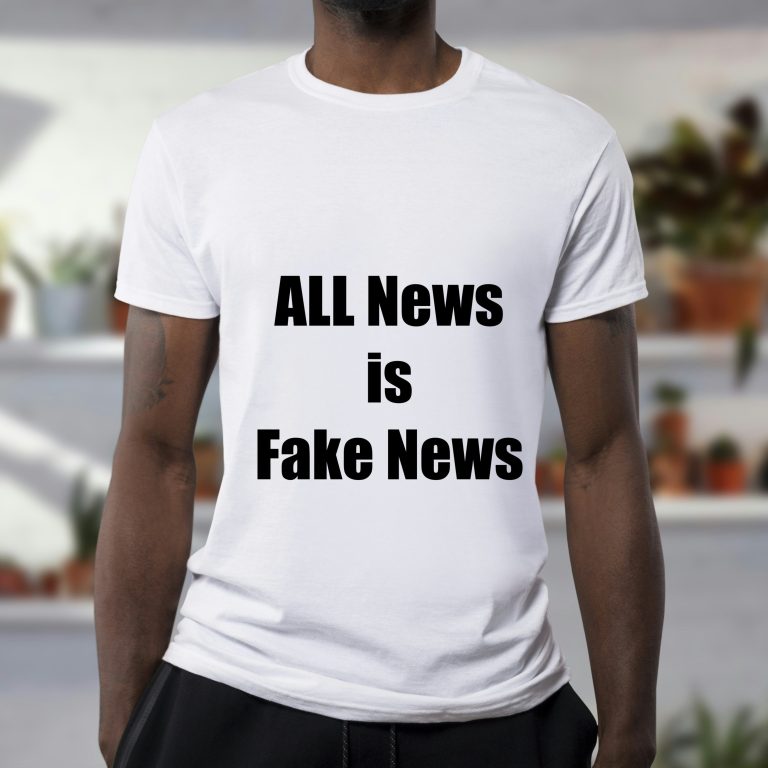Navigating the Minefield of Misinformation: A Humorous Guide to Identifying Dubious Content
In today’s digital age, where information flows freely and rapidly, discerning truth from falsehood has become a critical skill. While outright "fake news" might be less prevalent, misinformation remains a persistent challenge. To equip readers with the tools to navigate this complex landscape, we present a satirical guide to identifying potentially dubious content online. This humorous approach highlights common red flags often found in misleading articles, encouraging critical thinking and a healthy dose of skepticism.
Headline Boredom and Nerdy Authors: Unmasking Hidden Agendas
Beware the mundane headline! If an article lacks the sensationalism or urgency characteristic of clickbait, it might be hiding a profound truth too complex for simplistic headlines. Remember, genuine insights rarely come packaged in easily digestible soundbites. Furthermore, be wary of authors flaunting their intellectual prowess. A strong correlation exists between advanced degrees and the tendency to fabricate elaborate narratives. Intelligence can be a tool for deception, so don’t be swayed by impressive credentials alone.
Qualifying Language and Excessive Bragging: Signs of Insecurity and Deception
Overuse of qualifying language like "potentially," "may," or "suggest" can be a smokescreen for weak arguments. These words offer authors an escape route, allowing them to backpedal if their claims are challenged. Likewise, excessive self-promotion or "ethos building" should raise a red flag. Trustworthy sources focus on presenting evidence, not boasting about their qualifications. Remember, even dictators hold doctoral degrees.
Cherry-Picked Evidence and the Oxford Comma Conundrum: Manipulating Perceptions
Beware of cherry-picked evidence! Just like selecting only the plumpest cherries from a basket, some authors present only the data that supports their narrative, ignoring inconvenient truths. A balanced perspective requires considering all sides of an issue, not just the ones that fit a preconceived notion. And don’t underestimate the power of the Oxford comma. Its absence suggests a newsroom obsessed with rigid style guides over accuracy and, potentially, a disregard for intellectual rigor.
Political Agendas and Personal Biases: Filtering Information Through Preconceived Notions
Articles devoid of any political slant should be approached with caution. Extreme political views, while not necessarily accurate, often possess a certain unwavering certainty. If a statement wouldn’t be uttered by a politician, its veracity might be suspect. Finally, acknowledge the influence of personal biases. If an article challenges deeply held beliefs, the natural human reaction is often dismissal. However, embracing cognitive dissonance and engaging with uncomfortable truths can lead to a more nuanced understanding of complex issues.
Questionable Sources and the Disclaimer Paradox: Unraveling the Web of Deception
Be skeptical of articles boasting long lists of sources. The game of journalistic "telephone," where information is passed from one source to another, can lead to distortions and inaccuracies. A lengthy bibliography might simply represent a network of collaborators perpetuating a fabricated narrative. Lastly, don’t be fooled by disclaimers proclaiming satire or fiction. Sometimes, the most truthful statements are hidden within seemingly humorous or outlandish claims. The presence of a disclaimer doesn’t necessarily invalidate the underlying message. In fact, it might even enhance its credibility by suggesting a willingness to challenge conventional wisdom. This humorous exploration of misinformation highlights the importance of critical thinking and media literacy in today’s information landscape. By recognizing these satirical red flags, readers can navigate the digital world with a discerning eye, separating truth from falsehood, and engaging with information in a more informed and nuanced manner.


